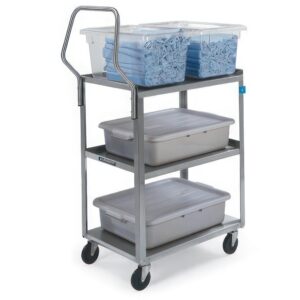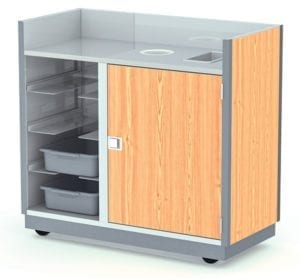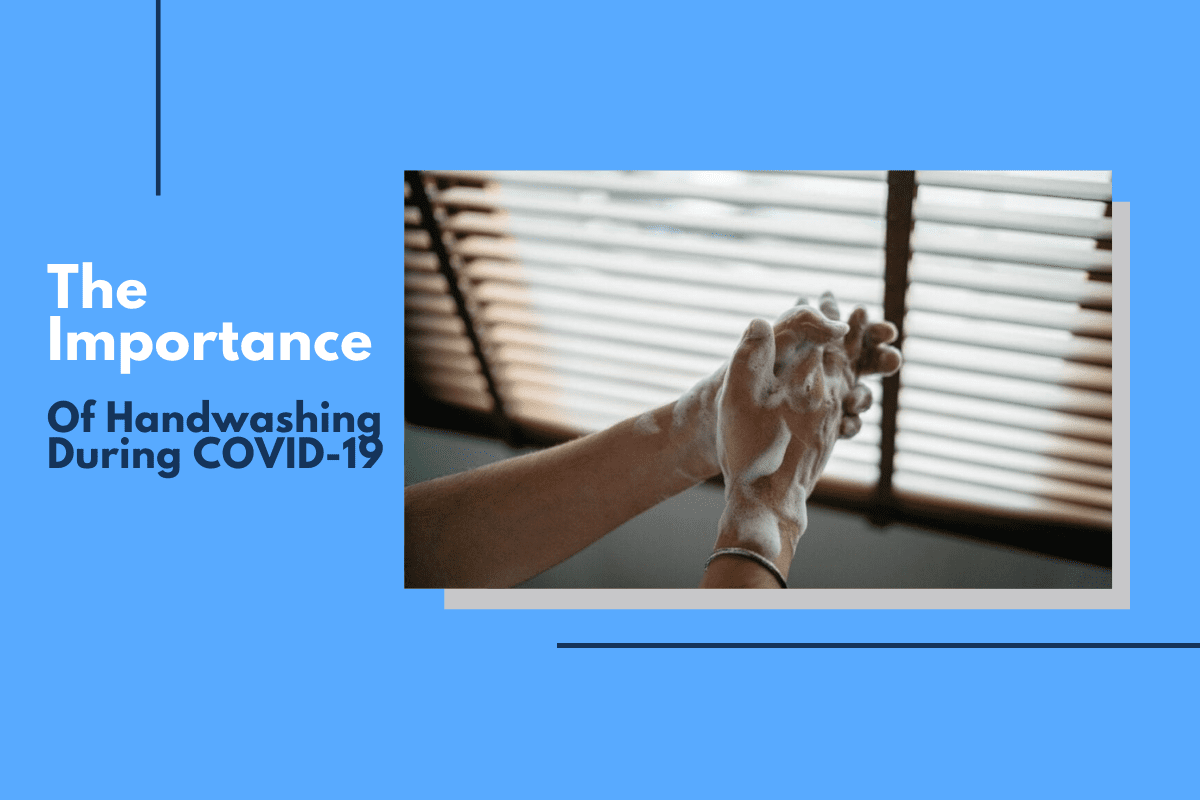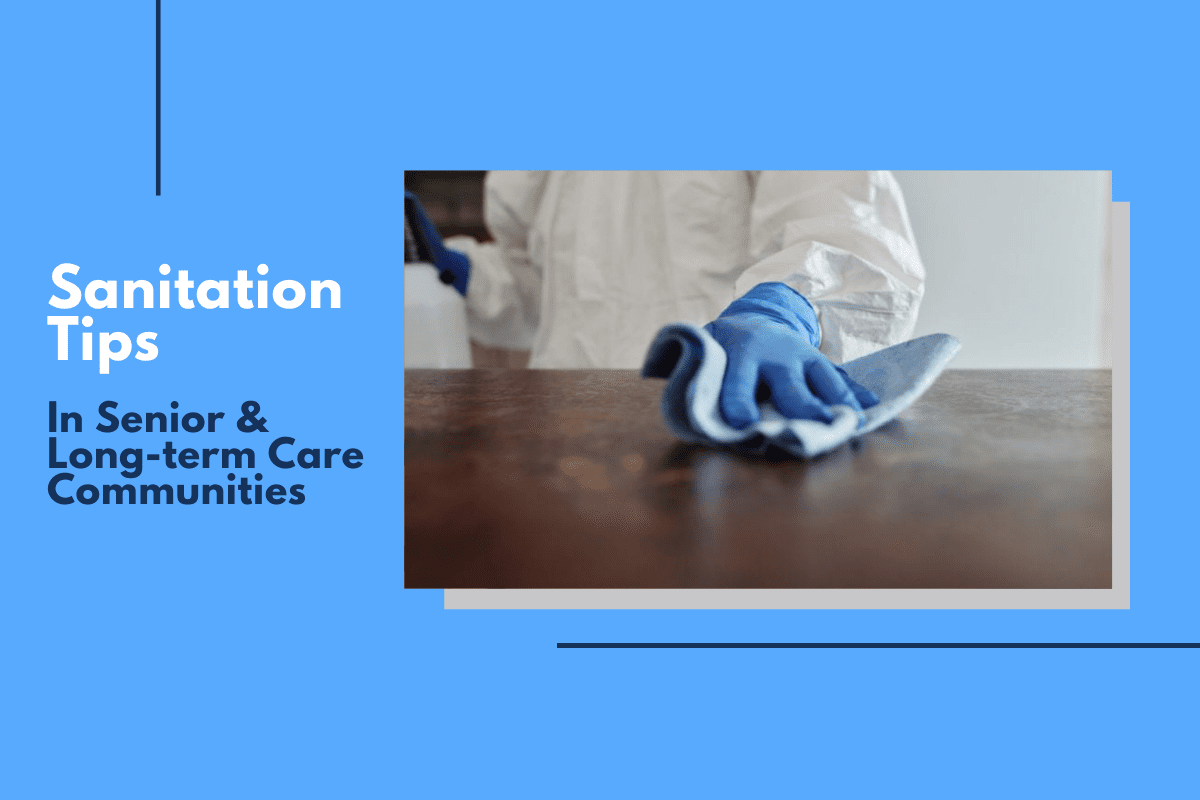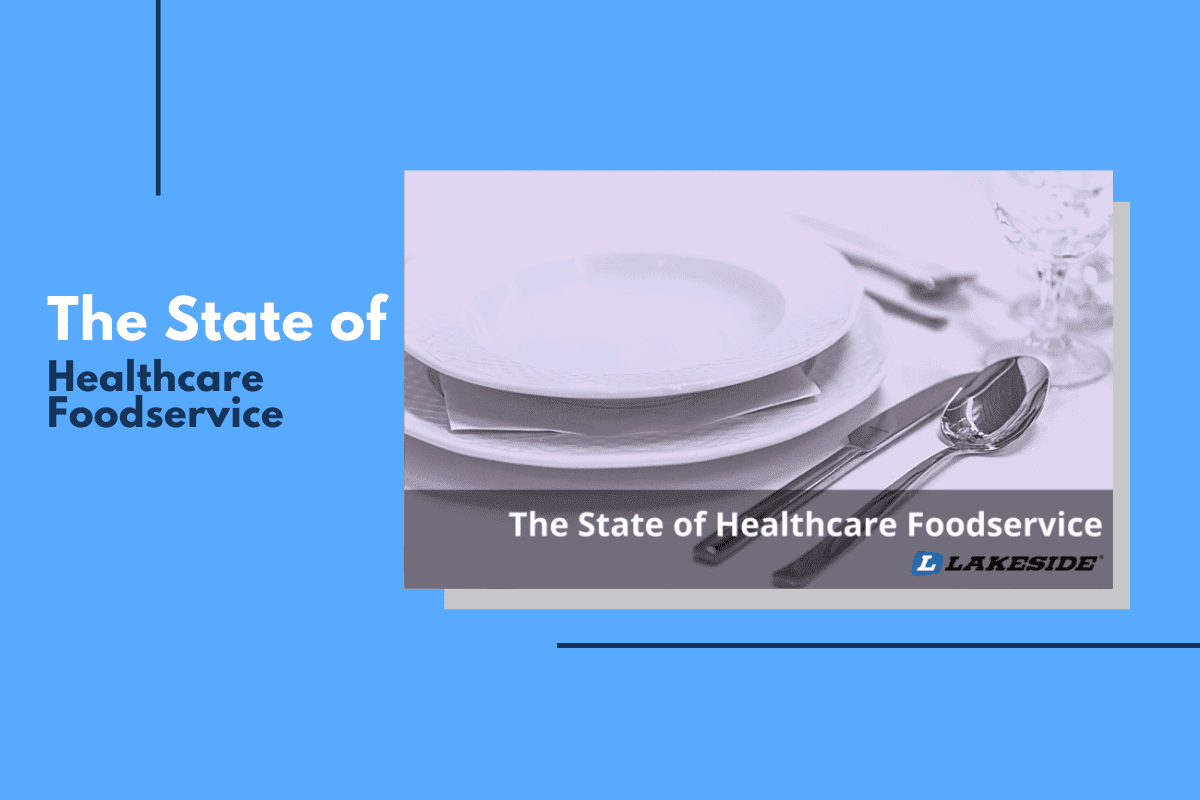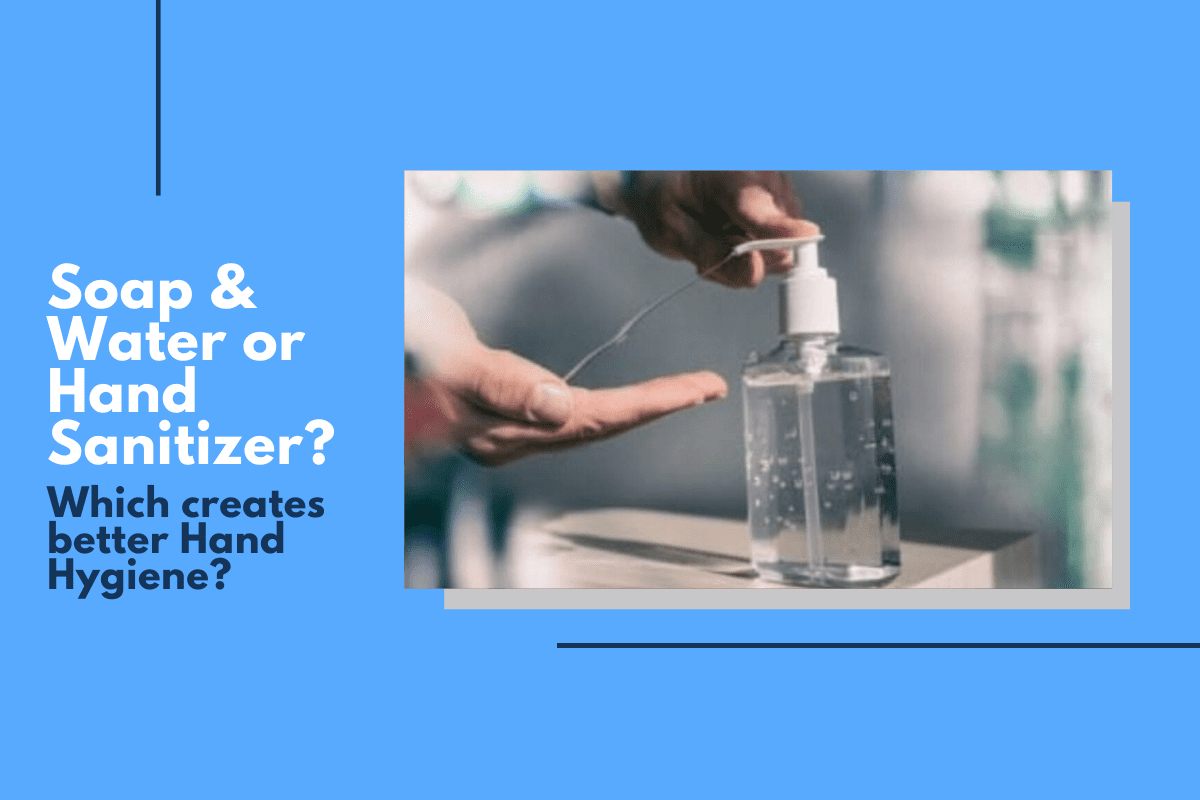
Washing your hands has always been super important in healthcare facilities in order to prevent Hospital Acquired Illnesses (HAIs) or healthcare-associated infections which affect about 1 in every 31 patients. With the outbreak of COVID-19, it’s even more important for healthcare professionals, and all of us to practice good hand hygiene.
What is good hand hygiene?
Having good hand hygiene means keeping your hands clean as much as possible. The best way to practice proper hand hygiene is to wash your hands with soap and water, or to use hand sanitizer whenever your hands may have come into contact with a dirty surface. Dirty surface doesn’t just mean visibly dirty, as many surfaces that appear to be clean could actually be covered in germs and bacteria. If you’re not sure whether you need to clean your hands, it’s always best to err on the side of caution and wash up!
Soap and water or hand sanitizer?
The best ways to clean your hands is by washing with soap and water or using hand sanitizer. While hand sanitizer removes most germs, it does not remove all germs from your hands, and studies show that soap and water are more effective at removing certain types of germs. This is why the CDC recommends washing your hands with soap and water whenever possible, and using hand sanitizer if soap and water are not available.
When to Wash your Hands
Here are some of the times when the CDC recommends that you wash your hands with soap and water.
- Before, after, or during any food preparation
- Before eating food
- Before and after caring for someone who is sick with vomiting or diarrhea
- Before and after treating a cut or wound
- After using the bathroom
- After changing diapers or cleaning up for a child who has used the bathroom
- After touching an animal or animal waste
- After handling pet treats or food
- After touching a garbage
- Anytime that your hands are visibly dirty or greasy
When to Use Hand Sanitizer
Here are a couple of instances in which the CDC believes hand sanitizer will work to remove germs and bacteria.
- Before and after visiting someone who is in a hospital or healthcare facility
- If soap and water are not readily available
Proper Hand Washing

We’ve all been taught the importance of regular hand washing from a young age, but do you know how to correctly wash your hands? According to the CDC, there are a few steps for the proper hand washing technique.
- Wet your hands with warm water
- Apply the amount of soap that the manufacturer recommends
- Rub your hands together vigorously for at least 15 seconds, making sure cover all parts of your hands with soap
- Rinse your hands with more water
- Lastly, dry your hands with a paper towel or air dryer, and turn off the faucet with the towel to avoid any lingering germs.
Proper Hand Sanitizing

It seems like it’s obvious how to use hand sanitizer, but not everyone sanitizes their hands correctly. Here are the steps for correctly sanitizing your hands.
- First, you should make sure that you are using a hand sanitizer that is at least 60% alcohol in order for it to be effective
- Put the amount of product that the manufacturer recommends on your hands and start to rub them together
- Continue rubbing your hands together for about 20 seconds until your hands are completely covered and dry
- Once your hands are dry, they will be sterile and you should be ready to move on to your next task
Hand Hygiene in Hospitals

Even among healthcare professionals, there is a need for better and more thorough hand hygiene training. In fact, a study was done which showed that even before COVID-19 took the world by storm, 40% of healthcare professionals wanted better hand hygiene training. According to the CDC, on average, healthcare providers clean their hands less than half of the times that they should which contributes to 1 of every 31 hospital patients contracting a HAI. So even though it may seem obvious that clean hands are super important for healthcare professionals, there is a need for more training and knowledge when it comes to hand hygiene.
When to Wash your Hands in the Hospital
Soap and water are very effective at cleaning your hands and removing pesky germs and bacteria that hand sanitizer will not. Here are a few circumstances when you should make sure to wash your hands when in a healthcare facility.
- Anytime hands are visibly soiled.
- Hand Sanitizer is not very effective at removing dirt and other germ-filled substances that may build up on your hands. Whenever you can physically see anything on your hands, wash them!
- After caring for a person who may have infectious diarrhea
- Diarrhea is caused by difficile, a common HAI that hand sanitizers are not able to get rid of.
- After a potential exposure to spores
- Spores are infections caused by bacteria that is resistant to hand sanitizers and require a thorough washing with soap and water to kill the bacteria.
When to use Hand Sanitizer in the Hospital
Although it is always best to wash your hands when possible, here are some instances in which hand sanitizer will do the trick.
- Immediately before touching a patient
- Using hand sanitizer before any contact with a patient is always the smart thing to do, even if you have recently washed!
- Before performing any aseptic tasks
- Hand hygiene is super important when it comes to any invasive medical devices, and you should make sure that everything, including yourself, is clean and sterile
- Before moving to work on a clean part of a patient’s body from a soiled point of their body
- You should frequently be sanitizing when working directly with patients, even if they are the only thing you’ve had contact with!
- After touching a patient or their immediate environment
- Always sanitize your hands when you’re done working with a patient, and before you move on to your next tasks
- After contact with bodily fluids or contaminated surfaces
- Sanitize after any contact with an un-sterile surface or object, and wash your hands if there is any remnants!
- Immediately after glove removal
- You may think that the inside of your gloves are sterile and clean, but sweat can build up inside and cause germs and bacteria to cover your hands.
Myths about Hand Hygiene
 Myth 1: Frequent Hand Washing dries out your skin
Myth 1: Frequent Hand Washing dries out your skin
While washing your hands too much can cause the skin on your hands to dry out, it is likely that the reason for this is the water you are using is too hot. Using warm water drastically effects the amount of dryness that can come from hand washing, and will ensure that you are able to keep your hands clean whenever they need to be.
Myth 2: Hand Sanitizer causes antibiotic resistance
Some people claim that hand sanitizers can lead to antibiotic resistance, but this simply isn’t the case. The main cause of antibiotic resistance is repeated improper use of antibiotics according to the CDC.
Myth 3: All germs are the same
This is not accurate, as there are many different types of germs and bacteria that can build on your hands, some of which require soap and water rather than hand sanitizer to be taken care of.
Myth 4: Antibacterial soap reduces the amount of times you need to wash
Antibacterial soap is great for cleaning your hands, but studies show that it isn’t significantly better than normal hand soap. It also does not mean that you have to wash your hands less than you would with normal soap.
Is Hand Sanitizer really more convenient in Hospitals?

The main reason why healthcare facilities use hand sanitizer much more than soap and water is simply because it is much easier to quickly sanitize your hands with a busy schedule, something most healthcare professionals have every day. Sanitizer is easy to carry around with you or to put out for people to use on something like Lakeside’s high-traffic sanitizer dispenser, but that doesn’t mean that washing with soap and water is difficult!
To effectively wash your hands with soap and water, all you need is 30 seconds and a sink. Lakeside has helped to create a solution to one of those parts with the portable handwashing station, which allows you to put a sink with soap and water anywhere in your facility. This product also gives you the ability to move it around to areas that require more intense hand hygiene, and makes it easy to wash your hands with soap and water without a trip to the bathroom.
If time is a big concern in your healthcare facility, make sure to check out Lakeside’s product solutions designed to ensure efficient and proper hand hygiene for all healthcare professionals!


 Rapid Response IV Stands (SKUs
Rapid Response IV Stands (SKUs 


